Dinteranthus Wilmotianus Lithop – 2” Live Succulent – Rare Living Stone Pebble Plant
Original price was: $19.98.$13.98Current price is: $13.98.
Discover the fascinating Dinteranthus Wilmotianus Lithop, also known as Living Stone or Pebble Plant. This rare succulent arrives in a 2” pot, ready to add unique texture to your collection.
-
USDA Hardiness Zone
9-11 -
Soil Type
Well-draining succulent mix -
Sunlight Exposure
Bright, indirect sunlight -
Expected Planting Period
Spring or Summer
You can track your order HERE
Aug 20
Aug 25 - Aug 27
Aug 30 - Sep 03
Shipping and return policies: Our Alive & Thrive Guarantee covers issues with your plants within the first 30 days. Reach out to us. Our team will answer your questions and help you find the plants that are truly suitable for your environment, climate, and personal preferences.
Discover the Unique Dinteranthus Wilmotianus Lithop
The Dinteranthus Wilmotianus, often called the Living Stone or Pebble Plant, is a captivating addition to any succulent collection. This rare succulent mimics the appearance of stones in its native environment, offering a unique aesthetic appeal. Its compact size and intriguing texture make it a popular choice for rock gardens, container arrangements, and succulent enthusiasts alike.
This fascinating plant belongs to the Lithops genus and is native to southern Africa, where it blends seamlessly with its rocky surroundings. The Dinteranthus Wilmotianus forms clumps of two to four individual bodies, each typically measuring 2-3 cm in diameter. These bodies consist of two fused leaves, displaying a grey-green or brownish color, adorned with markings that resemble the texture of rocks or pebbles. This camouflage not only protects it from herbivores but also adds to its charm.
One of the key benefits of growing Dinteranthus Wilmotianus is its adaptability to dry conditions. As a succulent, it requires minimal watering and well-draining soil, making it relatively low-maintenance. This makes it an ideal choice for both experienced succulent growers and beginners looking for a unique and resilient plant. Additionally, it produces small, daisy-like flowers that range in color from white to pinkish-purple, adding a touch of vibrancy to its stony appearance.
Growing Dinteranthus Wilmotianus provides a distinctive ornamental value, enhancing rock gardens or container displays. Its small size makes it suitable for small spaces, and its unique appearance sparks curiosity and conversation. Collectors of succulent plants appreciate its rarity and the challenge of cultivating it successfully. The plant’s slow-growing nature also adds to its appeal, as it allows for a patient and rewarding gardening experience.
Care for your Dinteranthus Wilmotianus by providing it with plenty of sunlight and well-draining soil. Water sparingly, allowing the soil to dry completely between waterings, especially during the dormant winter months. With proper care, this remarkable plant will thrive and bring a touch of the African desert to your home.
Frequently Asked Questions
- How often should I water my Dinteranthus Wilmotianus? Water sparingly, only when the soil is completely dry. Overwatering can lead to rot.
- What type of soil is best for my Lithop? Use a well-draining succulent or cactus mix. You can also add perlite or pumice for improved drainage.
- How much sunlight does it need? Dinteranthus Wilmotianus thrives in bright, indirect sunlight. Avoid direct sunlight, especially during the hottest part of the day.
- What is the ideal temperature for this plant? It prefers temperatures between 65°F and 80°F (18°C and 27°C). Protect it from frost.
- How big will my Living Stone get? Each body typically grows to be about 2-3 cm in diameter.

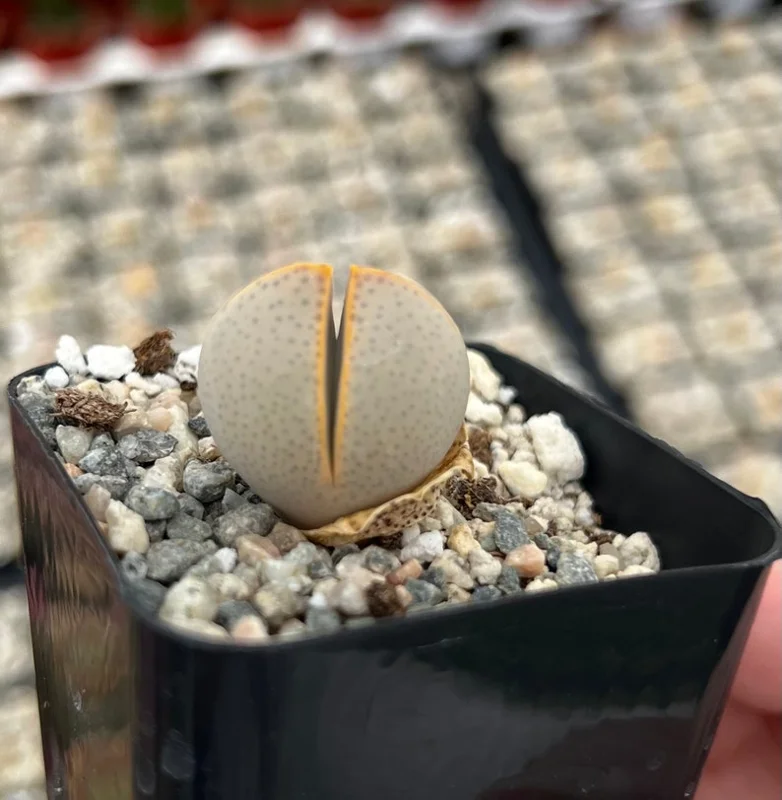
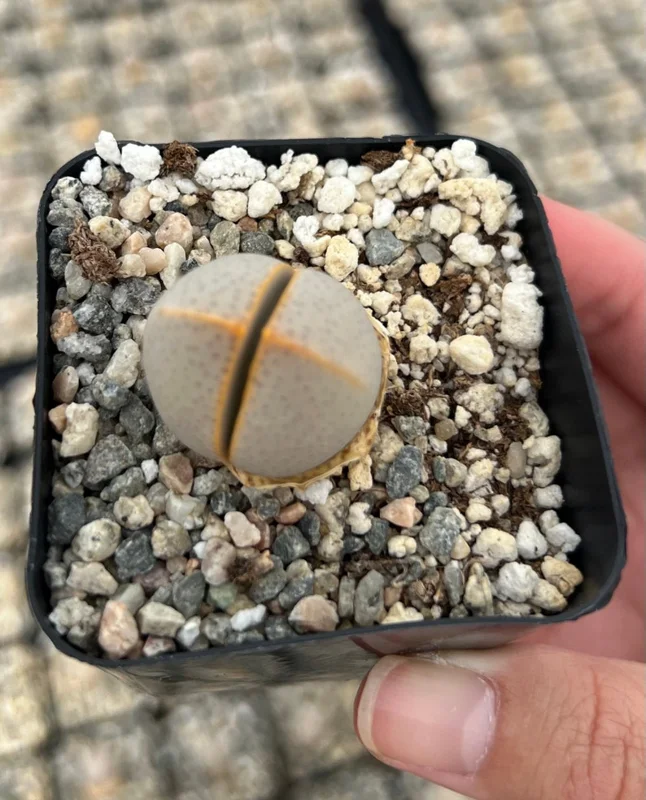
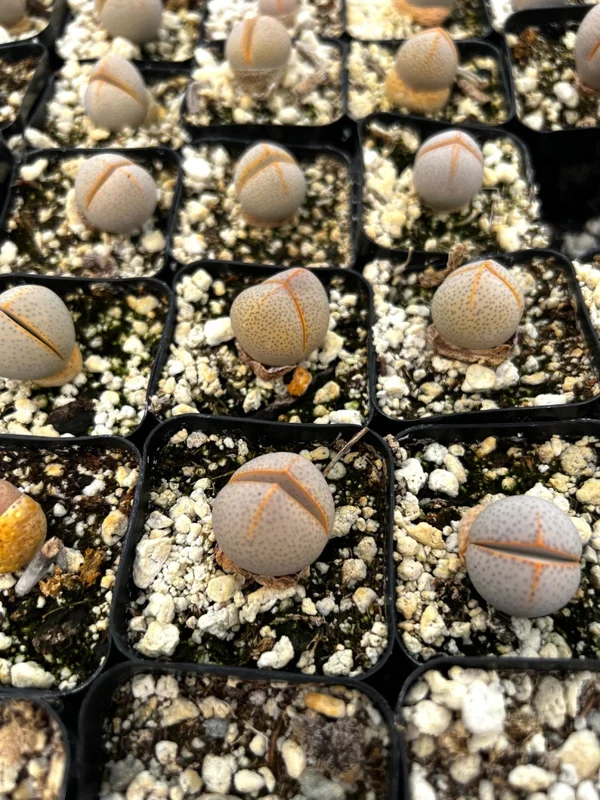
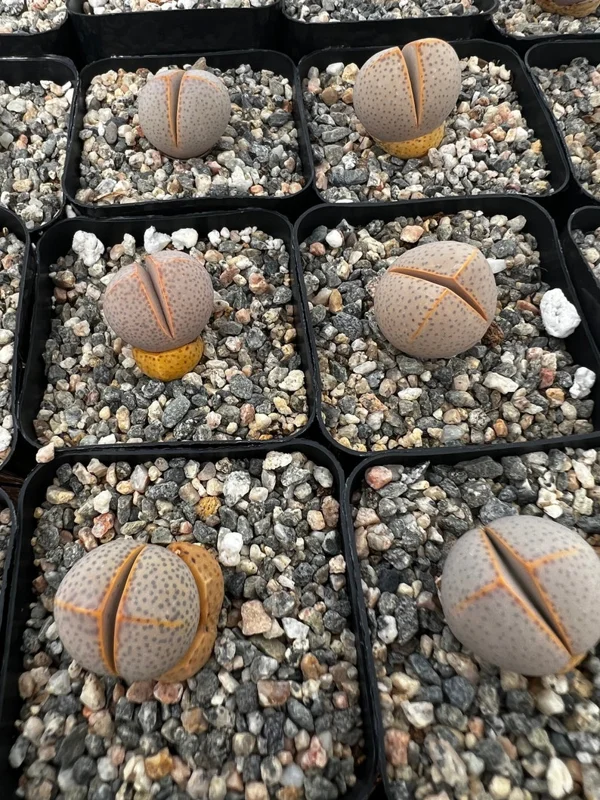
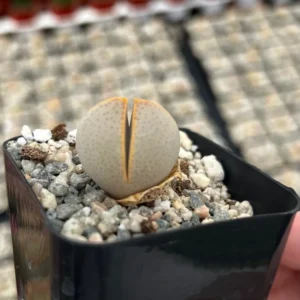
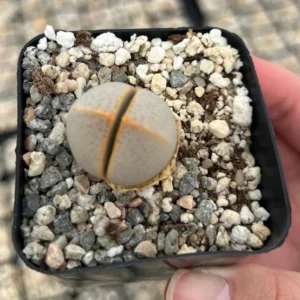
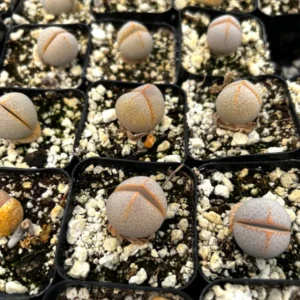
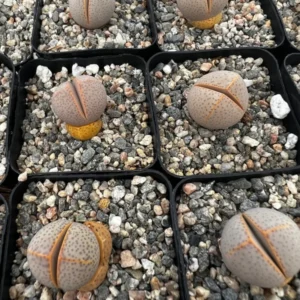

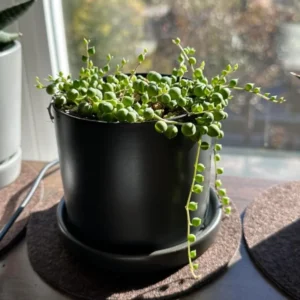
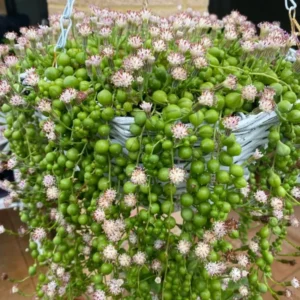
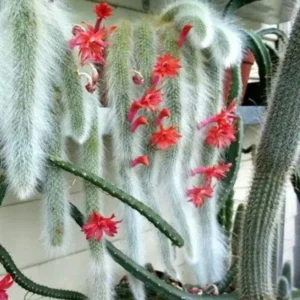

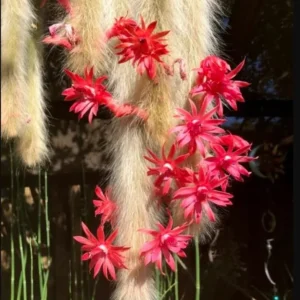
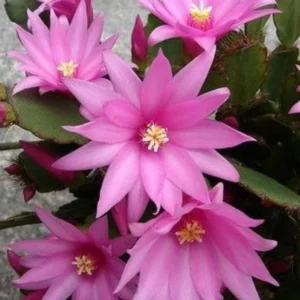
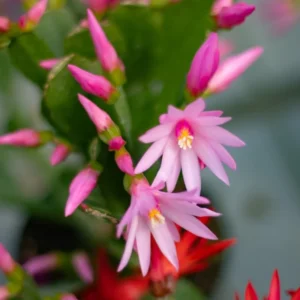
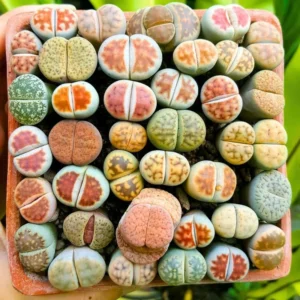
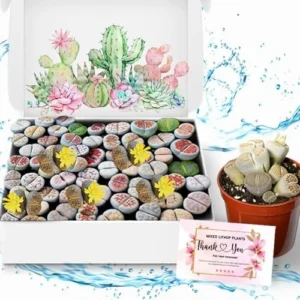
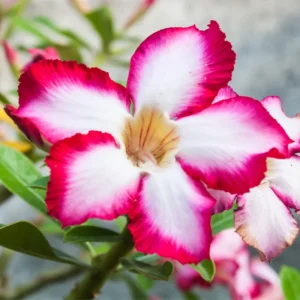
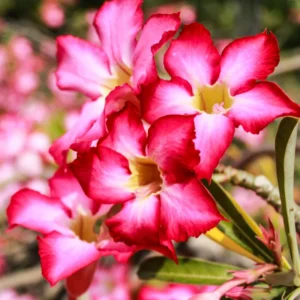
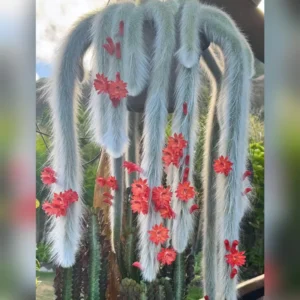
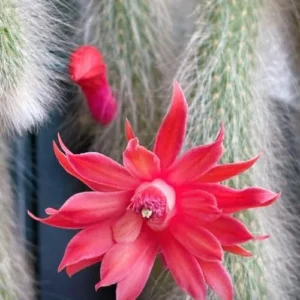
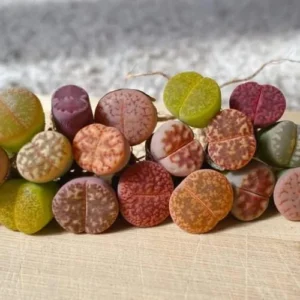
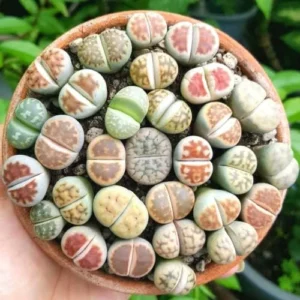
Reviews
There are no reviews yet.